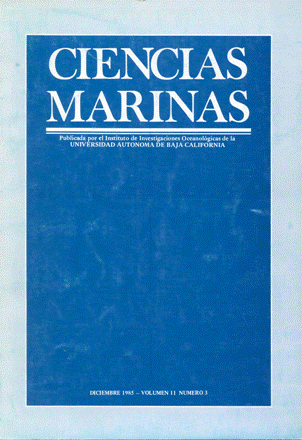Assimilation and growth efficiencies of postlarvae and juveniles of the Malaysian prawn, Macrobrachium rosenbergii (De Man), fed two balanced diets
Main Article Content
Abstract
Assimilation efficiency was determined in postlarvae and juveniles of the freshwater prawn, Macrobrachium rosenbergii, fed Purina Trout Chow and Bovilac Prawn diets. Assimilation, which depends on the assimilation efficiency as well as on the amount of food intake, was 43% higher for the postlarvae and 60% higher for the juveniles fed Purina than for those fed Bovilac (P < 0.05). The assimilation efficiency values were calculated by the Condrey et al. (1972) modified method, which considers the assimilated food in dry weight from the consumed material. The results show that postlarvae and juveniles fed Purina had an assimilation efficiency of 13 and 43.5% higher (P < 0.05) than the ones fed Bovilac. The indices of utilization of consumed or assimilated energy for growth, K1 and K2, were significantly higher (P < 0.05) for the prawns fed Purina than for those fed Bovilac.
Downloads
Article Details
This is an open access article distributed under a Creative Commons Attribution 4.0 License, which allows you to share and adapt the work, as long as you give appropriate credit to the original author(s) and the source, provide a link to the Creative Commons license, and indicate if changes were made. Figures, tables and other elements in the article are included in the article’s CC BY 4.0 license, unless otherwise indicated. The journal title is protected by copyrights and not subject to this license. Full license deed can be viewed here.

